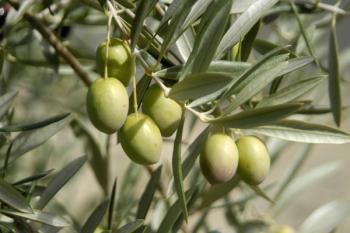
|Slideshows|February 11, 2016
- Nutritional Outlook Vol. 19 No. 1
- Volume 19
- Issue 1
Natural Ingredients for Energy Dietary Supplements
Author(s)Robby Gardner
The following are several ingredients that should be of particular interest to energy supplement manufacturers.
Advertisement
Articles in this issue
over 9 years ago
Probiotic Firms Venture Further Into the Allergy Marketalmost 10 years ago
Healthy Snack Trends: Bean Chips, Bars, Protein, Seaweed, and Morealmost 10 years ago
Rethinking Relaxation Ingredients with New Combinations, Product Typesalmost 10 years ago
The Price of Dietary Supplement Contract Manufacturingalmost 10 years ago
What Does Contract Manufacturing Dietary Supplements Cost?almost 10 years ago
Echinacea Is on a Winning Streak with Researchers and Consumers. Here’s Why.almost 10 years ago
Energy Shot Sales Are Slumping. Do Energy Shots Still Have a Chance?almost 10 years ago
Which Flavors Are Trending in Energy Drinks?almost 10 years ago
Energy Drink Makers Turn to Natural Botanical IngredientsNewsletter
From ingredient science to consumer trends, get the intel you need to stay competitive in the nutrition space—subscribe now to Nutritional Outlook.
Advertisement
Advertisement
Advertisement
Trending on Nutritional Outlook - Supplement, Food & Beverage Manufacturing Trends
1
Artemis International: 30 Years of Science-Backed Berry and Botanical Innovation
2
Certifications, Clinical Trials, and Consumer Trust: How SGS NutriSource Serves the Industry
3
Pycnogenol supplementation effective for lipedema symptom reduction, new clinical trial demonstrates
4
A Leader for the Times: NOW Health Group's Jim Emme on Thoughtful Leadership
5





